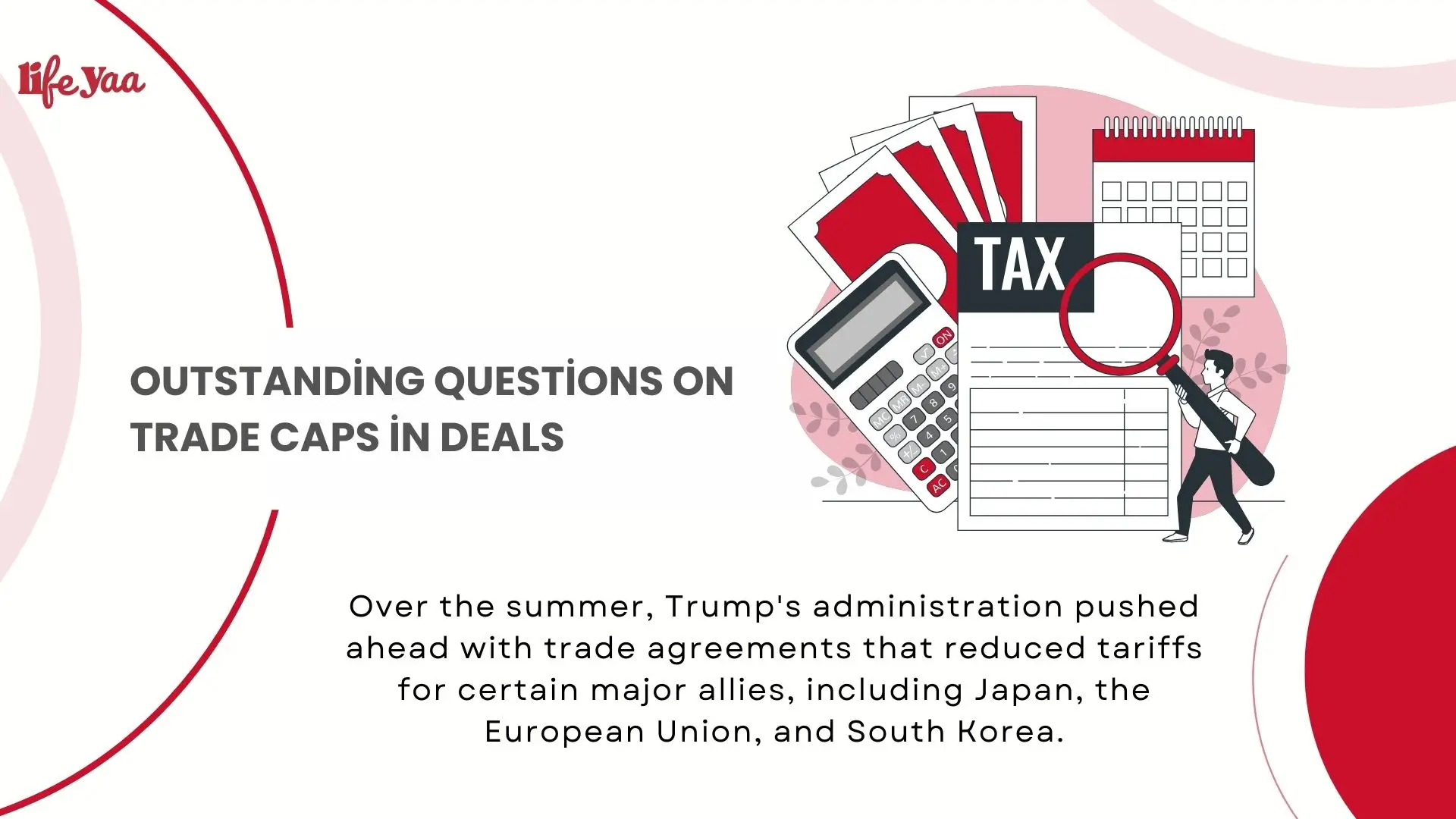Trump announces steep US tariffs – Trump says that the U.S. will charge a 100% tariff on branded or patented drug imports starting next week. He said this is a national security measure, but companies that are actively building factories in the U.S. may be able to get around it. This comes along with new tariffs on trucks and furniture, which raises new questions about how trade deal caps will work.
U.S. President Donald Trump announced broad new import tariffs on Thursday, including 100% penalties on patented pharmaceuticals and 25% levies on heavy-duty trucks beginning next week, causing fresh trade worry after a period of relative quiet.
The new assault, which Trump said was intended to safeguard the US manufacturing economy and national security, comes after the imposition of up to 50% tariffs on trade partners, as well as other targeted charges on imported goods such as steel and automobiles.
Trump’s announcement on Truth Social of the hefty tariffs that will take into force on Wednesday broke a relative calm in his tariff attack on global trade partners, posing additional challenges to companies already dealing with interrupted supply lines, rising prices, and customer anxiety.
His additional levies included a 50% duty on imported kitchen cabinets and bathroom vanities, as well as a 30% tax on upholstered furniture, boosting prices for a key consumer sector.
The onslaught has hampered global economy, and the Federal Reserve, opens a new tab, has said that it is also contributing to rising US consumer prices.
Outstanding Questions on Trade Caps in Deals
Over the summer, Trump’s administration pushed ahead with trade agreements that reduced tariffs for certain major allies, including Japan, the European Union, and South Korea.
On Friday, there were questions about whether these would insulate nations against greater sectoral taxes.

A White House official said that the administration would honour 15% tariff ceilings on imported medications under patent for nations having trade agreements that required such reductions.
Deals with the EU and Japan outline safeguards and open up new markets for medications, semiconductors, and automobiles, but no documentation for a South Korean trade agreement have been produced, leaving its vehicles vulnerable to a 27.5% total US tax.
There were no clear trade agreement clauses limiting duties on big vehicles or furniture for any trading partners.
Britain secured the first trade agreement with Trump in May, agreeing to a 10% base tariff rate but without specifying pharmaceutical charges. According to people acquainted with Trump’s tariff intentions, branded medications from Britain would face a full 100% levy.
British authorities were pressing for cuts, according to the Financial Times, and as a compromise, they intended to increase the amount Britain’s National Health Service pays for medications.
Substitution Under Trade Law
The additional tariffs are based on the Section 232 national security trade legislation, as part of Trump’s pivot to relying on more established trade rules. The Supreme Court is set to decide on the constitutionality of Trump’s larger “reciprocal” tariffs, which two lower courts have overturned.
On Wednesday, the Commerce Department announced two additional Section 232 investigations that are anticipated to result in hefty duties on industrial machinery, robots, medical equipment, and personal protective gear.

These are in addition to numerous others that are now underway and involve a wide range of the U.S. economy: semiconductors and their applications; commercial aeroplanes and jet engines; unmanned aerial vehicles; wind turbines; polysilicon and solar goods; and processed essential minerals.
Following Trump’s statement, pharmaceutical stocks in the United States and Europe overall stayed well, while equities in the United States were mostly flat due to mixed data indicating rising inflation and stronger-than-expected consumer spending.
BMO Economics said in a report that investors seemed to be largely ignoring the new Trump tariff, adding: “Until the U.S. economy shows more signs of stress from the trade war, investors seem content to keep calm and carry on.”
Claudio Feltrin, head of the Italian furniture industry organisation FederlegnoArredo, expressed concern that the duties will result in a flood of imports from China and other exporters seeking new markets.
Pharmaceutical companies have been gearing up for tariffs.
Trump said that the 100% tax on branded medications would only apply to manufacturers who had not yet begun construction on U.S. manufacturing facilities.
Many drugmakers have made multibillion-dollar investments in the United States, and Switzerland’s Roche (ROG.S) highlighted on Friday that one of its U.S. divisions has just begun construction on a new site.
Rival Novartis (NOVN.S), which has also pledged significant investment in the United States, did not respond to a request for comment.

More than half of the $85.6 billion in ingredients for medications used in the United States are created locally, with the balance coming from Europe and other US allies, according to a US pharmaceutical trade organisation earlier this year.
According to Furniture Today, a trade newspaper, Vietnam and China accounted for almost 60% of the $25.5 billion in furniture imports to the US in 2024.
“When we learnt of the news, many of our members were startled. “I believe the decision on the additional tariff is unfair,” said Nguyen Thi Thu Hoai of the Wood and Handicraft Association of Dong Nai province, one of Vietnam’s major furniture clusters.
According to official estimates, employment in the furniture and wood products manufacturing industry in the United States has been cut in half since 2000, to around 340,000 now.
Higher tariffs on commercial cars may put pressure on transportation prices, precisely as Trump has promised to cut inflation, particularly on consumer products like groceries.
Trump said that the increased heavy-duty truck tariffs will assist firms such as Paccar (PCAR.O), Peterbilt, Kenworth, and Freightliner.
▾ ARTICLE SOURCES
We cite primary sources where possible and reputable publishers for context.
⚠️ Disclosure
